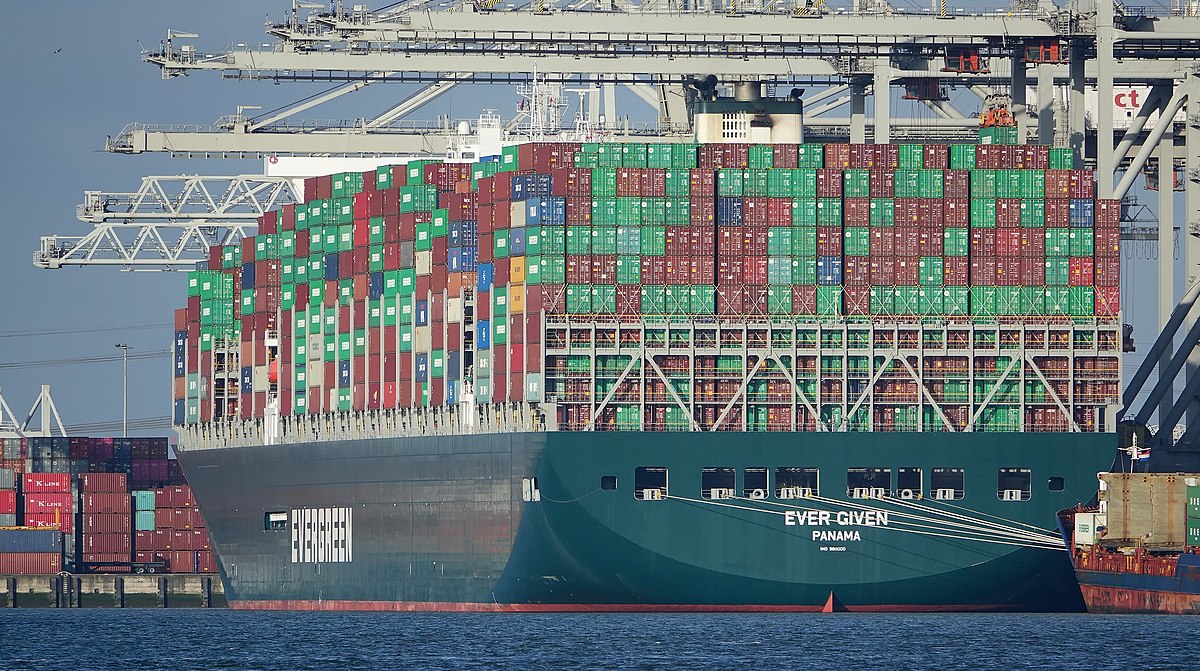The human brain is often called the most complex structure known and now, with the appearance of the new most detailed three-dimensional model of a fragment of the human cerebral cortex published by the Google AI team, we have another opportunity to penetrate a little deeper into the structure of this incredible masterpiece of biological evolution and at the same time speculate a little. on the topic of the question from the title.

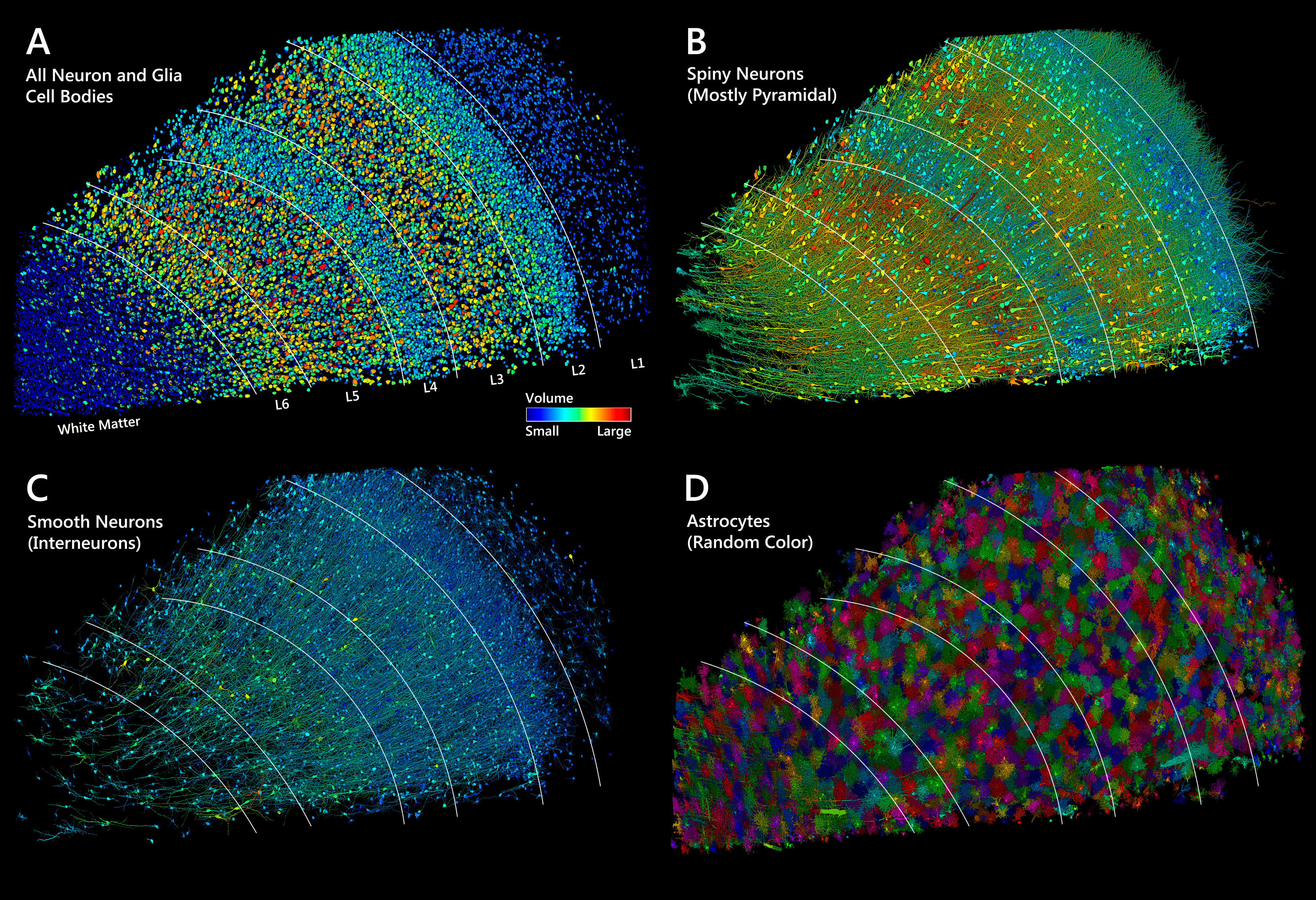
5300 30 - MultiSEM 505/506 4 250- , 255 48 . , 300 .
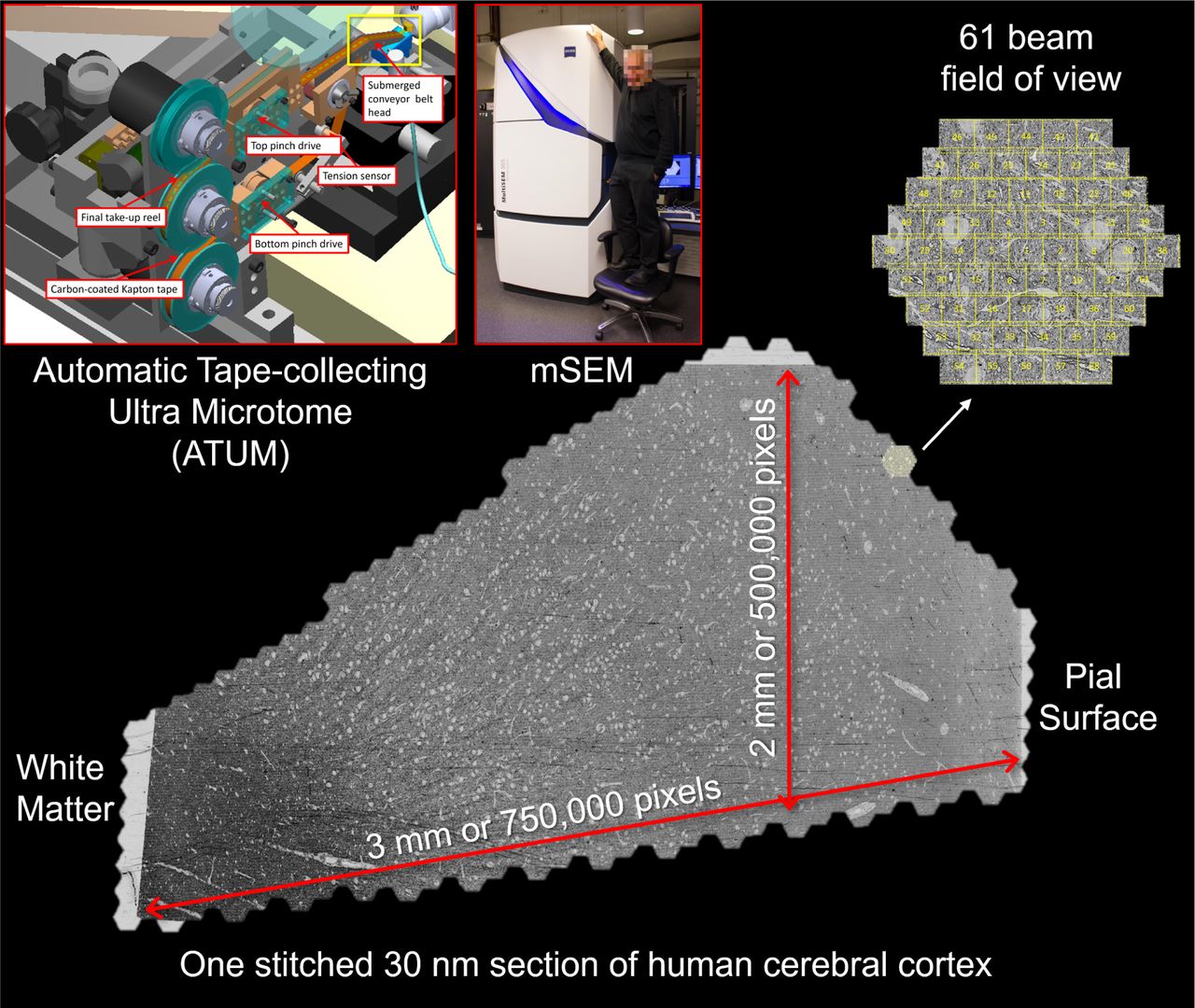
.
Google AI , 1400 (1,4 ), , Cloud TPU.
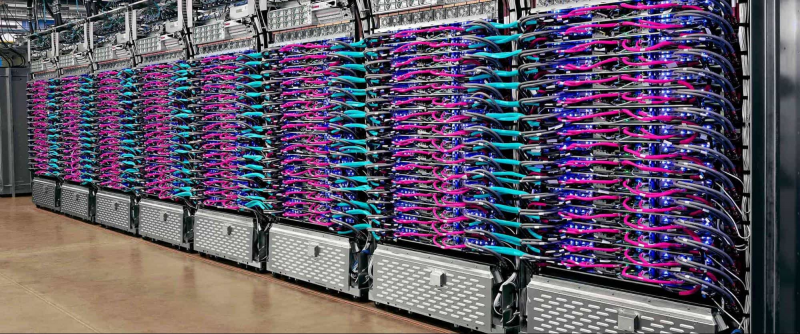
, , 130 (https://h01-dot-neuroglancer-demo.appspot.com/#!gs://h01-release/assets/library_state.json) , . , , , , — .
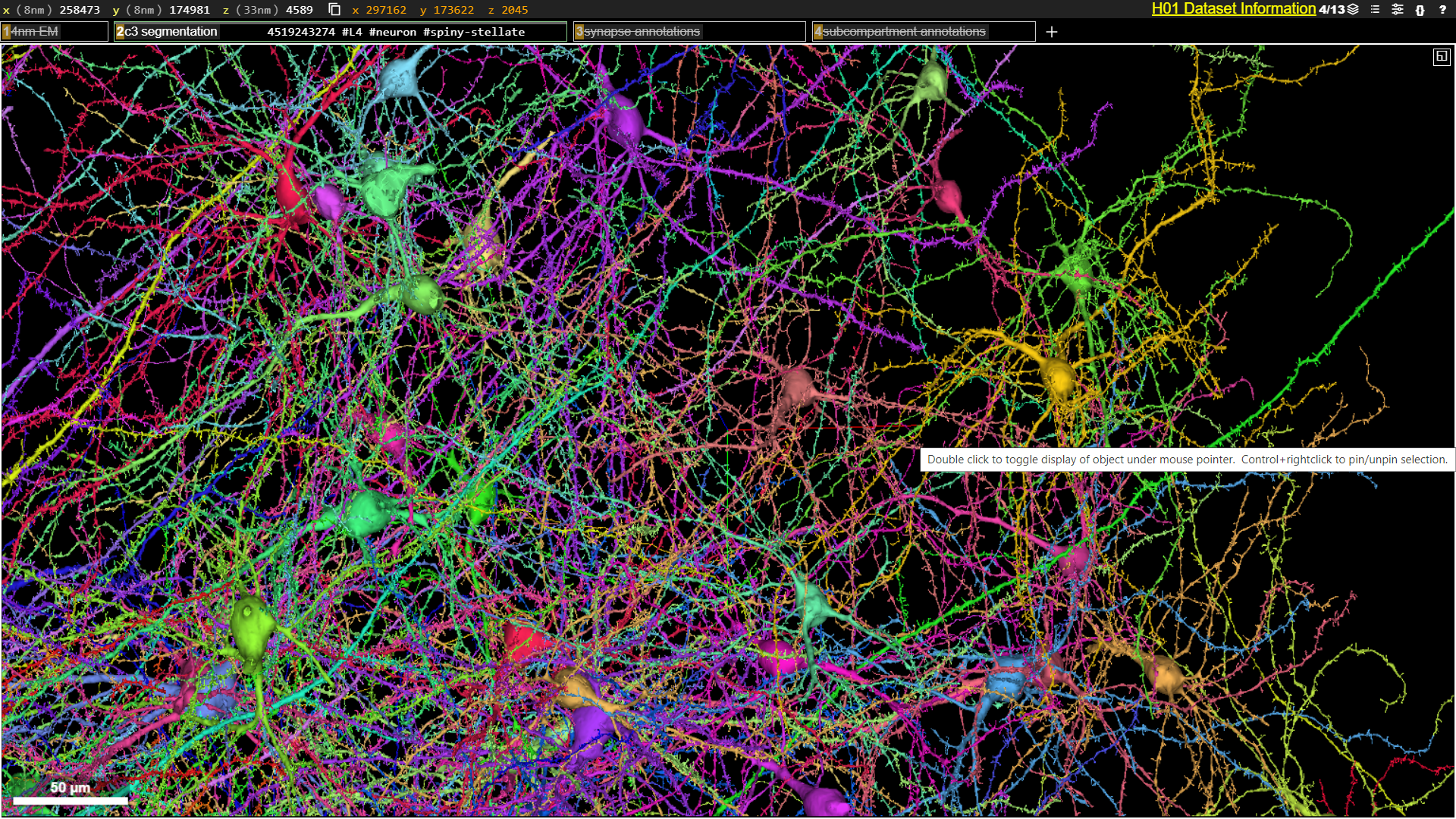
. , 3 .
, , . : 1,4 , 1260 , 1000, . 1 400 000 = 1,4*10^6 .
To store this information, you will need 1.4 * 10 ^ 6 * 500 = 750 million hard drives with a volume of 2 terabytes. One such hard drive in a 3.5-inch form factor occupies approximately 380 cubic centimeters in physical volume. We get that the volume of the hard disk array required to record a model of the entire brain will occupy approximately 1.4 * 500 * 380 = 266,000 cubic meters of space.
For an idea of how much space it is, remember Ever Given - that huge ship that blocked the Suez Canal, it holds about 20 thousand containers, each with a volume of about 70 cubic meters, which is 1,400,000 cubic meters. And if you fill this container ship with hard disks, without taking into account the packages, then this amount would be enough for 5 such data sets.
